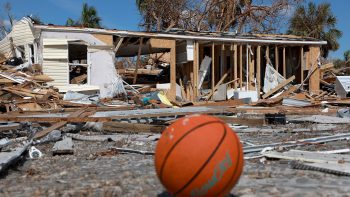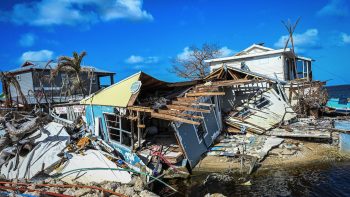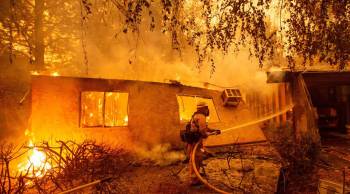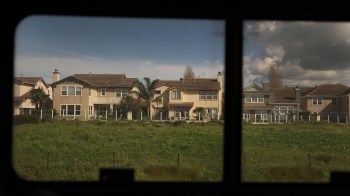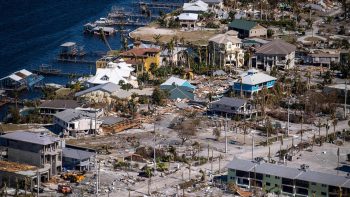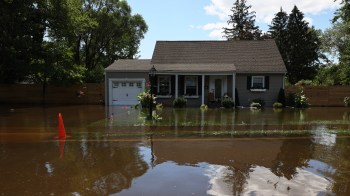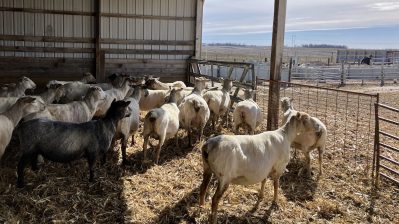
Higher rates may not solve California’s property insurance woes
Higher rates may not solve California’s property insurance woes

As climate change causes destructive events like wildfires and storms to become more intense and frequent, the California property insurance market is struggling to keep up. Nearly 70% of insurers are not offering new plans in the state, but a slew of proposed regulations are aimed at changing this by allowing providers to use catastrophe modeling, which would enable them to model future risks and raise rates accordingly.
But will this help the state in the long term? “Marketplace” host Amy Scott spoke with former California Insurance Commissioner Dave Jones about possible solutions to California’s insurance problems. Currently, Jones directs the Climate Risk Initiative of the Center for Law, Energy, and the Environment at the University of California, Berkeley, School of Law.
The following is an edited transcript of their conversation.
Amy Scott: How would you describe the property insurance market in California right now?
Dave Jones: It’s under duress. What’s happening is that as climate change has driven more frequent and severe weather-related events, it’s killing people, damaging property and causing more insurance losses. And insurers respond in two ways. One is they raise price and the other is they stop writing insurance. And both those things are happening in California.
Scott: In the past, insurance companies in California have not been able to use catastrophe modeling to set rates, the last state to not allow that. Why was that? And how is that changing?
Jones: So under current California law, the way that rates are set is by looking at past experience. But insurers are now arguing that with climate change, and the fact that the natural catastrophic events are becoming nonlinear and increasingly unpredictable, that they ought to be allowed to use probabilistic models or catastrophe models to help set those rates. It is important to note that Florida has allowed probabilistic modeling for many, many years. It’s allowed reinsurance costs to be included in its rates, has rates three to four times the national average, has limited third-party lawsuits, has done a number of things the insurers have asked for for some time. And yet, what we’ve seen is 12 or so insurance companies go insolvent. The Florida insurer of last resort, Florida Citizens, has about 1.3 million policyholders. These are people that can’t get private-admitted insurance. So California is considering allowing catastrophe models to be used and allowing reinsurance costs to be included in rates. And that might help in the short or midterm. But I’m concerned that we’re not going to be able to rate our way out of this problem.
Scott: When you say we’re not going to be able to rate our way out of this problem, what do you mean by that? And what do you see as some solutions?
Jones: So the insurers are arguing that if they’re given more rates, or they’re able to have higher prices and collect more premium, that they’ll write more insurance. And in the short or midterm, giving insurers more premium may help. But in the long term, it’s likely to be overwhelmed by the increased risk and losses driven by climate change. And so you reach a point at which even at a higher price, it’s simply not profitable for the insurance company to write insurance. And that may very well be where we are in Florida, and may very well be where we’re going to get in other parts of the country over time.
Scott: So does the state end up picking up more of the bill? I mean, already, more and more homeowners are finding themselves relegated to the state insurer of last resort, both in Florida and California, and other states are building these programs as well.
Jones: So there are 37 states that have what are called FAIR plans, Fair Access to Insurance Requirements, which are basically involuntary associations of insurance companies that are established by state law, that are required to write insurance for those risks that the private insurers have decided it’s too risky to write. FAIR plans’ rates, though, are typically required to be set based on risk. And since they’re insuring the most challenging risks, their rates are even higher, oftentimes, than the private market. And so that is where I think things are going to go, and then we’re going to see increasing numbers of people that simply can’t afford that and maybe having to go without insurance.
Scott: I think when I talk to folks who’ve had their premiums go way up, there’s this impression that insurance companies are just protecting their profits and they’re raking in money. Are these companies hurting as much as they claim?
Jones: So I think it depends upon the particular market that they’re in, the particular state that they’re in. But there’s no question that in California, for example, in 2017 and 2018, when we had the severe catastrophic wildfires, that they had substantial losses in the area of $15 billion each year. That far exceeded the premium they were collecting that year, although in subsequent years, the premium they’ve collected has been sufficient to cover their losses. So you know, they’re not magicians. At the end of the day, insurers are seeking to make profits and they’re going to try to price or limit their exposure accordingly. And that’s what’s going on.
Scott: So what do you see as some solutions to this problem if, if we can’t just rate our way out of it, as you said?
Jones: So first and foremost, we have to move faster, more aggressively to transition from fossil fuels, which are the major contributor to greenhouse gases that are driving climate change. Second, we need to make more investments in mitigation at the property, community, landscape level, but we also need to make sure that insurance models account for that. And that’s currently not the case. And so that will probably require state legislation, certainly it is in California, to make sure that insurers are accounting for these mitigation efforts. Third, as more people are thrown on to FAIR plans, each state’s gonna have to look at ways to shore up its FAIR plan. Some ideas include giving FAIR plans the ability to sell catastrophe bonds or other bonds as a way of raising capital. There are other suggestions as well to try to make sure the FAIR plans are better likely to be able to have sufficient funds to pay out in the event of catastrophic events.
There’s a lot happening in the world. Through it all, Marketplace is here for you.
You rely on Marketplace to break down the world’s events and tell you how it affects you in a fact-based, approachable way. We rely on your financial support to keep making that possible.
Your donation today powers the independent journalism that you rely on. For just $5/month, you can help sustain Marketplace so we can keep reporting on the things that matter to you.


